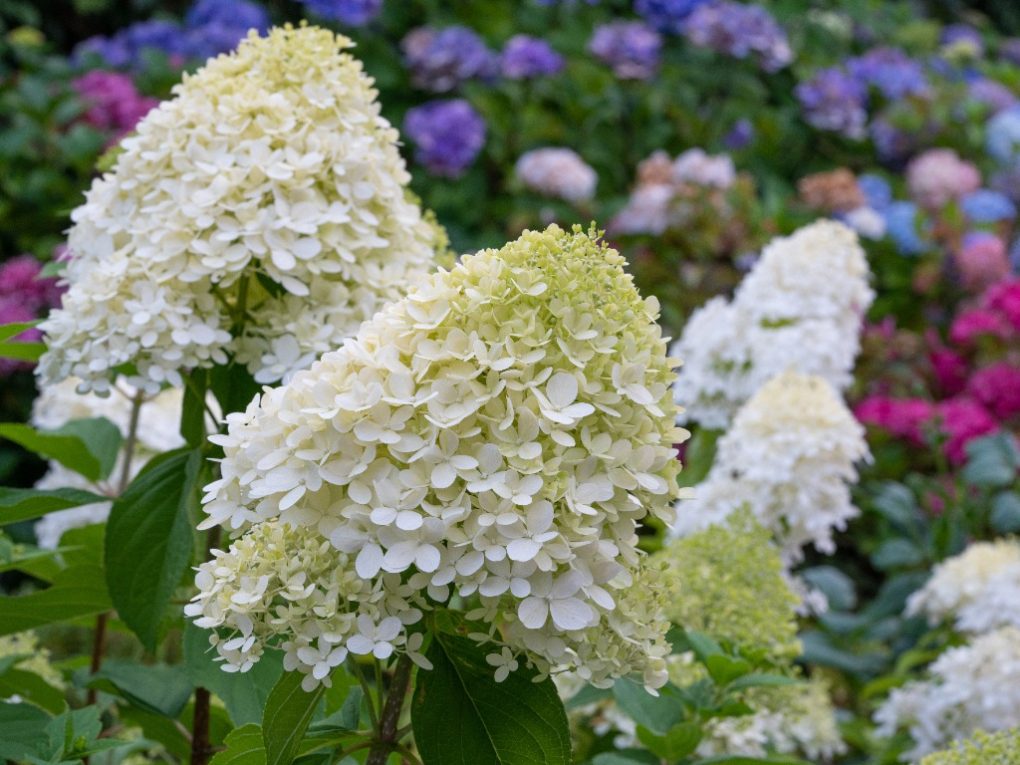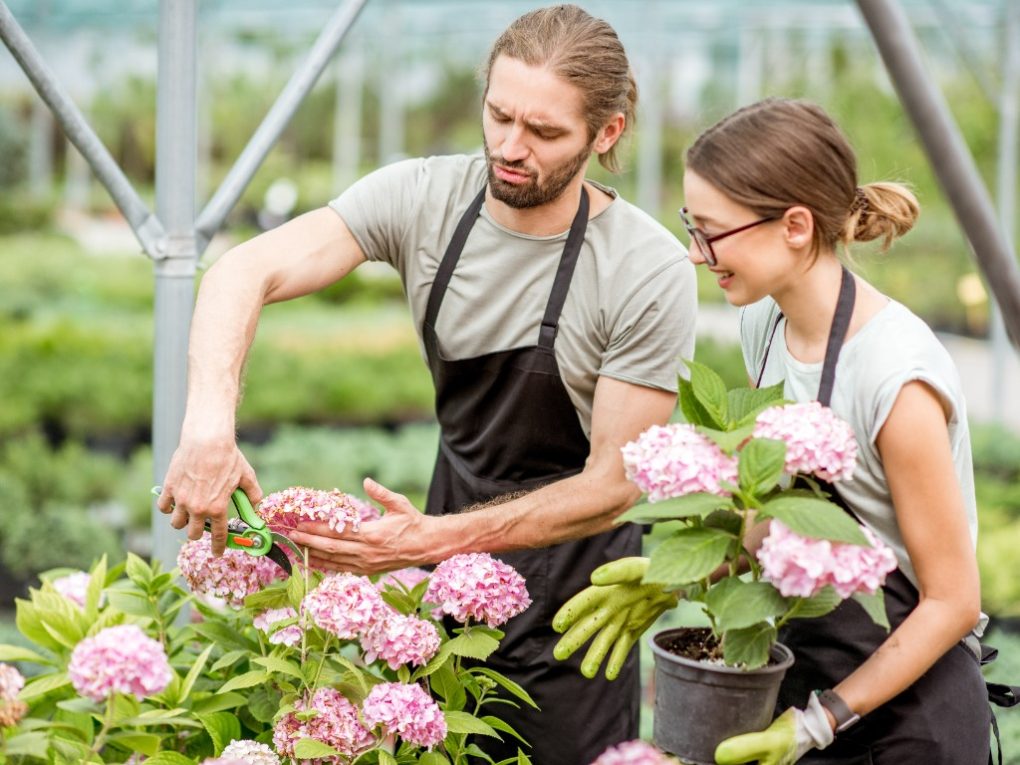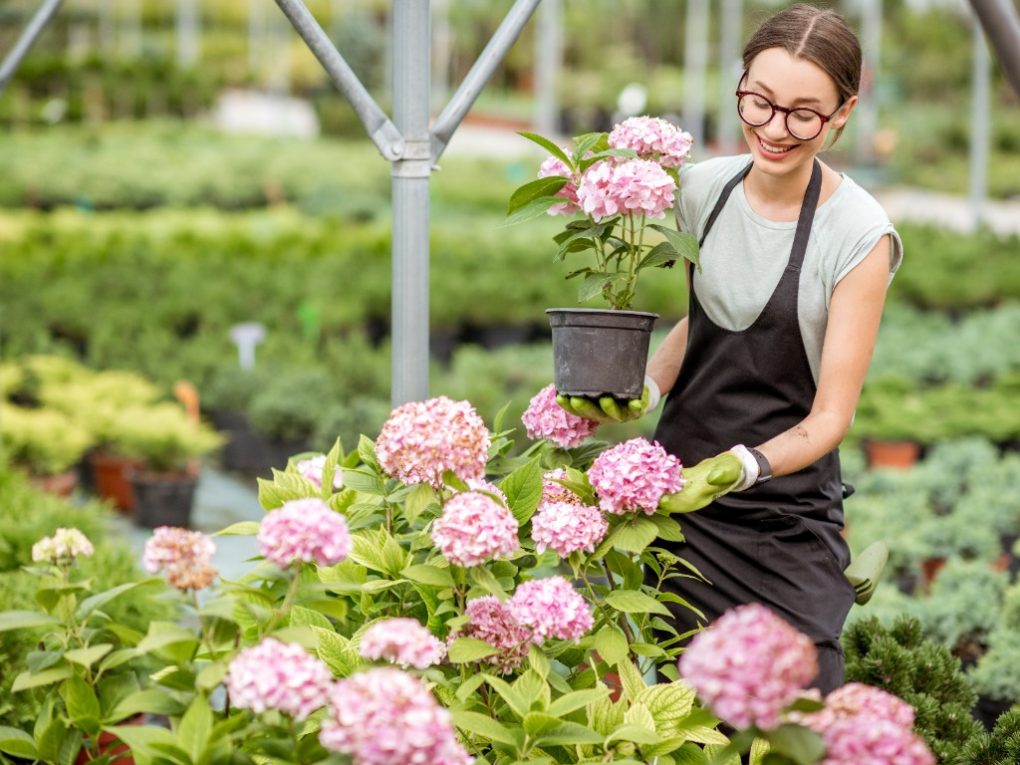How Long Do Hydrangea Flowers Last? A Guide to Their Lifespan.
Hydrangea flowers can last for several weeks to months, depending on the factors influencing their health. Typically, their blooming period spans from late spring to early fall, with most varieties remaining for about 3-4 weeks. Favorable growing conditions, such as well-drained soil, adequate sunlight, and proper watering, can help extend their longevity.

It’s essential to note that the lifespan of hydrangea blooms varies between species and can be influenced by factors like climate, pruning techniques, and overall plant health. For instance, paniculata and arborescens varieties tend to have longer-lasting blooms, while macrophylla and serrata varieties have shorter bloom periods. Proper garden maintenance, like fertilizing, pruning at the right time, and attending to pests or diseases, will help ensure the flowers last as long as possible.
Table of Contents
Factors Affecting Hydrangea Flower Longevity
Hydrangeas are a popular flowering plant that can add beauty and color to any garden. However, the longevity of hydrangea flowers can vary depending on several factors. In this section, we will explore the factors that can affect how long hydrangea flowers last.
Hydrangea Variety
The variety of hydrangea can play a significant role in how long the flowers last. Some hydrangeas, such as the Annabelle hydrangea, have long-lasting blooms for several weeks. Other varieties, such as the Oakleaf hydrangea, have shorter blooming periods and may only last for a week or two.
Researching the specific variety of hydrangea you are planting is important to understand how long you can expect the flowers to last.
Environmental Factors
Environmental factors such as temperature, sunlight, and water can also affect how long hydrangea flowers last. Hydrangeas thrive in cooler temperatures and can wilt quickly in hot temperatures. Unfortunately, too much sunlight can cause the flowers to fade and wilt.
Hydrangeas require consistent moisture to maintain their blooms, but overwatering can also be detrimental. Therefore, finding a balance and monitoring the soil moisture is important.
Care and Maintenance
Proper care and maintenance can also significantly affect how long hydrangea flowers last. Deadheading or removal of spent blooms, which encourages new growth, can extend the blooming period. Fertilizing with a balanced fertilizer can also provide nutrients for healthy growth and bloom.
Pruning can also be beneficial in promoting healthy growth and blooming. Therefore, it is important to research the specific pruning requirements for your hydrangea variety since some varieties bloom on old or new wood, depending on the variety.
A proper care and maintenance routine can help your hydrangea flowers last as long as possible.

Expected Lifespan of Hydrangea Flowers
Hydrangeas are known for their beautiful blooms in various colors, including pink, blue, and white. Gardeners love to grow these plants because they provide a splash of color in any garden and are relatively easy to grow. However, it is important to understand how long these flowers will last so that you can plan accordingly.
Cut Flowers
If you plan on using hydrangeas as cut flowers, it is important to know that they have a relatively short lifespan. Cut hydrangeas can last anywhere from 5 to 14 days, depending on how well they are cared for. Here are a few tips to help extend the lifespan of your cut hydrangeas:
● Cut the stems at a 45-degree angle to allow for better water absorption
● Remove any leaves that will be submerged in water
● Change the water every other day and add flower food to the water
● Keep the flowers in a cool, dark place away from direct sunlight and drafts
Potted Plants
If you plan to grow hydrangeas in pots, you can expect the flowers to last several weeks. However, it is important to note that potted hydrangeas require more care than those grown in the ground. Here are a few tips to help extend the lifespan of your potted hydrangeas:
● Water the plant regularly, making sure the soil is moist but not soggy
● Place the plant in a location where it will receive bright, indirect sunlight
● Fertilize the plant every two weeks during the growing season
● Prune the plant after it has finished blooming to encourage new growth
By following these tips, you can help extend the lifespan of your hydrangea flowers and enjoy their beauty for as long as possible.

Tips for Prolonging Hydrangea Flower Life
Harvesting and Handling
When harvesting hydrangea flowers, it is important to do so in the morning when the blooms are hydrated and cool. Cut the stems at a 45-degree angle with sharp, clean shears and place them directly into a bucket of water. Remove any leaves below the water line to prevent bacteria growth. Once indoors, recut the stems and place them in a vase with fresh water.
Watering and Feeding
Hydrangeas require consistent moisture to keep their blooms looking their best. Make sure the vase is filled with fresh water every day and add additional fresh water as needed. Consider adding a floral preservative to the water to provide nutrients and prevent bacteria growth. Additionally, you can mist the blooms with water to keep them hydrated.
Light and Temperature
Hydrangeas prefer cooler temperatures and indirect light. Keep them away from direct sunlight and heat sources such as radiators or vents. Keep them in a cool room or near a window that gets bright, indirect sunlight if possible. Avoid placing them in drafts or near open windows.
Pruning and Deadheading
Regular deadheading of spent blooms will encourage the plant to produce new flowers. Cut the stem just above the first set of healthy leaves below the spent bloom. When pruning, be sure to do so at the right time for your specific type of hydrangea. Some should be pruned in the fall, while others should be pruned in the spring or summer.
